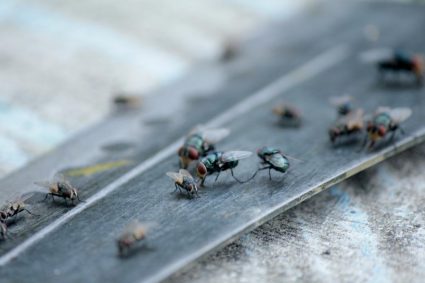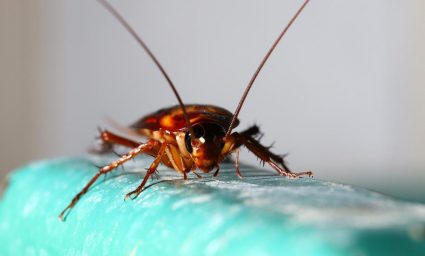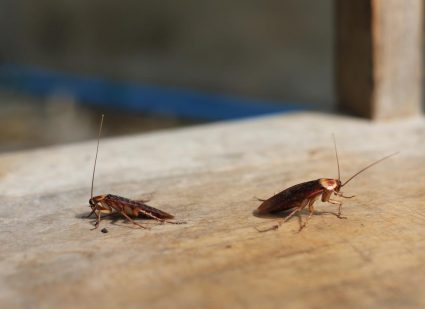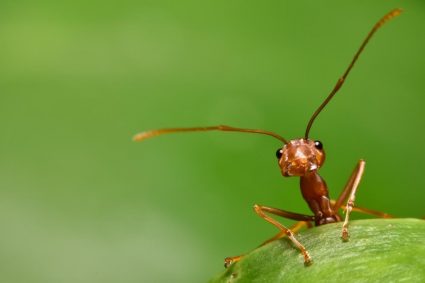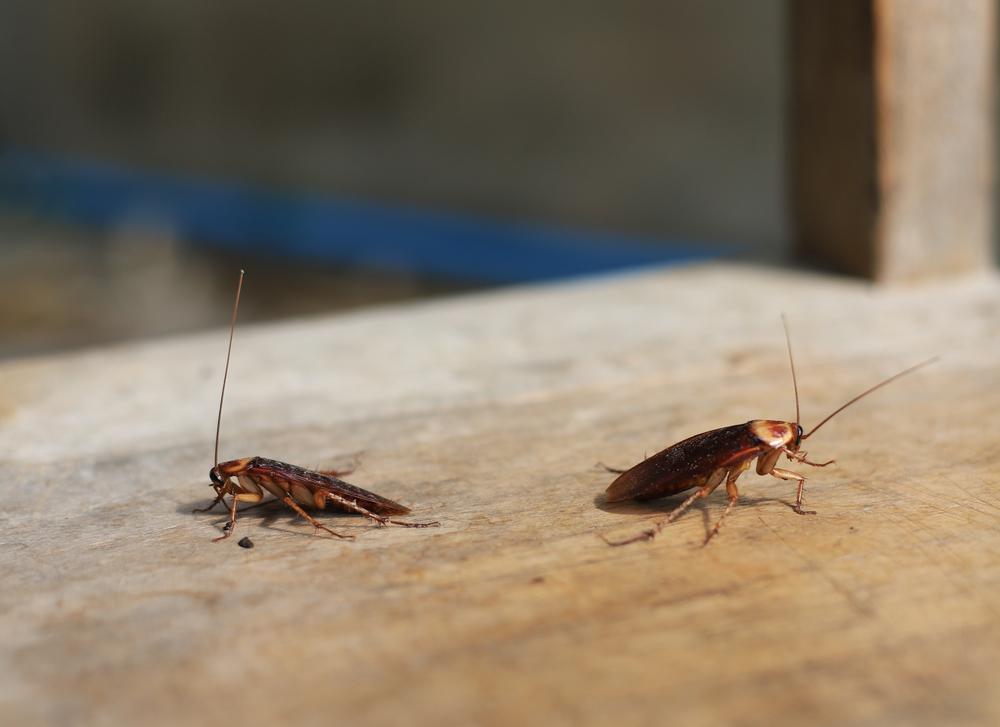
In the battle against roaches, frequency is key. But how often should you spray for these pests to keep them at bay? This comprehensive guide will help you understand the factors that affect the frequency of roach spraying, the most effective methods to control these pests, and best practices for maintaining a roach-free environment between sprays.
The frequency of spraying for roaches depends on several factors such as the severity of the infestation, the type of building, and the location. Generally, for homes and apartments, regular pest control treatments on a quarterly basis or even bi-monthly are recommended. For more serious infestations, monthly treatments over the course of 3 to 6 months may be necessary. However, monitoring the situation and adjusting the frequency of treatments as needed is crucial.
The Frequency of Roach Spraying
The frequency of spraying for roaches depends on various factors such as the severity of the infestation, the type of building, and the location. For homes and apartments, it is generally recommended to have regular pest control treatments on a quarterly basis or even bi-monthly to effectively prevent common pests. For more serious infestations, monthly treatments over the course of 3 to 6 months are advisable. However, it is essential to monitor the situation and adjust the frequency of treatments as needed based on the specific conditions of your home and the effectiveness of the treatments.
Effective Methods for Roach Spraying
Several methods for spraying for roaches have proven to be highly effective. These include using insecticides, bait stations, gels, and powders. Some of the best products on the market include Raid Roach Killer Spray, Ortho Home Defense, Advion Gel Bait, Combat Max Roach Killing Gel, Terro T500 Multi-Surface Roach Baits, and Hot Shot Ultra Roach Bait.
Natural remedies like baking soda and sugar, fabric softener, and soap and water mixtures can also be tried, although they may not be as effective. It is essential to maintain cleanliness and eliminate food sources and water leaks to prevent roach infestations.
The Impact of the Roach Life Cycle
The life cycle of roaches impacts the frequency of spraying because the effectiveness of insecticides depends on the developmental stage of the roaches and their breeding patterns. For instance, the American cockroach, which takes between 4-12 months to complete its life cycle, may require more frequent treatment due to the long life cycle and breeding period in the winter.
Residential Versus Commercial Settings
The guidelines for roach spraying can differ between residential and commercial settings. In residential settings, the focus is on infection control and maintaining a healthy environment for residents. In commercial settings, however, guidelines involve proper ventilation, personal protective equipment, and adherence to state and federal regulations.
Health and Environmental Concerns
Regularly spraying for roaches can lead to several potential health and environmental concerns. Some of the health risks associated with roach infestations include asthma attacks, allergies, and the spread of diseases. Pesticides used to control roaches can also pose health hazards. Environmental concerns include contamination of soil, water, and the atmosphere. Use integrated pest management techniques to minimize health and environmental risks.
Maintaining a Roach-Free Environment
To maintain a roach-free environment between sprays, seal up entry points, keep your home clean and dry, use natural repellents, use traps and baits, maintain good hygiene, remove water sources, practice minimalism and declutter, and hire a professional pest control service if necessary.
Density of Pests
The density of pests can affect the frequency of pest control treatments in various ways. Higher pest densities may require more frequent treatments to keep the pest population below economically relevant levels.
In conclusion, the frequency of roach spraying depends on a variety of factors, and it’s crucial to monitor the situation and adjust the frequency of treatments as needed. Employing an integrated pest management approach can help maintain a roach-free environment and minimize health and environmental risks.
Frequently Asked Questions
What are the signs of a roach infestation?
Some common signs of a roach infestation include seeing live or dead roaches, finding roach droppings, spotting roach egg cases, and noticing a musty odor in your home.
What are the health risks associated with roach infestations?
Roach infestations can lead to health issues like asthma attacks, allergies, and the spread of diseases. This is because roaches are known to carry pathogens and allergens on their bodies and in their droppings.
Are there any natural alternatives to roach sprays?
Yes, there are natural alternatives to roach sprays. These include baking soda and sugar mixtures, fabric softener, and soap and water mixtures. However, these may not be as effective as commercial roach sprays.
How can I prevent a roach infestation?
To prevent a roach infestation, it’s important to maintain cleanliness, seal up potential entry points, eliminate food and water sources, and consider using traps, baits, and natural repellents.
What is integrated pest management?
Integrated pest management (IPM) is a comprehensive approach to pest control that focuses on long-term prevention and control of pests through a combination of techniques such as biological control, habitat manipulation, modification of cultural practices, and use of resistant varieties.


